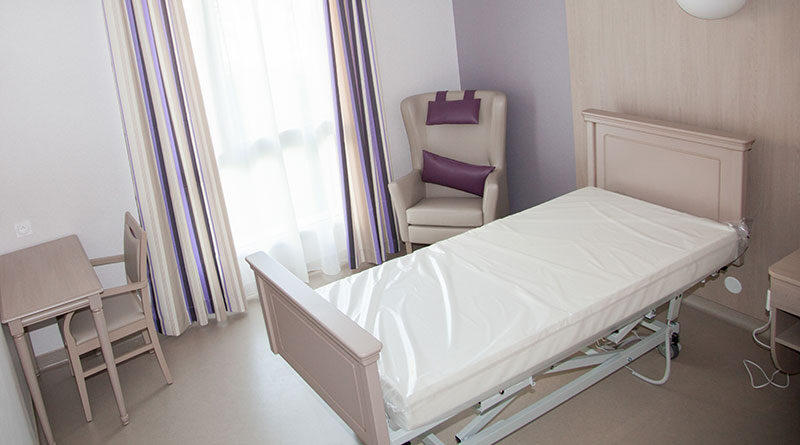8% Fall in Number of Care Home Residents Compared to Pre-Pandemic Levels
The number of care home residents has fallen by eight per cent when compared to pre-pandemic levels, leaving care providers in a “precarious” position with more than a fifth of beds in England lying empty, according to figures from the Office for National Statistics (ONS).
From 1 March 2021 to 28 February 2022, there were an estimated 360,792 care home residents in England, which is a 7.9% reduction from before the coronavirus (COVID-19) pandemic (2019 to 2020; 391,927); of these, 34.9% (125,954) were self-funders, which is a 12.4% drop compared with pre-coronavirus pandemic (143,774; 36.7% of the total).
The ONS stated: “The overall care home resident population and occupancy has decreased”, after it analysed data from care homes for adults of all ages collected by the Care Quality Commission, covering more than two-thirds (68 per cent) of care homes.
Consequently, the fall in occupancy rates has led to care homes receiving less income.
ONS statistics further revealed:
• The South East had the highest proportion of self-funders in care homes (44.1%), which is statistically significantly higher than the North East, which had the lowest (21.5%).
• Care homes located in the least deprived areas had a statistically significantly higher proportion of self-funders (52.5%) than care homes in the most deprived areas (18.7%).
• Smaller care homes, with 1 to 19 beds, had the lowest proportion of self-funders (12.5%), which is statistically significantly lower than all other care home sizes.
• Care homes providing care for older people had the highest proportion of self-funders (47.1%), which was statistically significantly higher than all other care home types; care homes for younger adults had the lowest proportion of self-funders (1.9%).
• The coverage of the care home population has improved in this release (68.6%) compared with the previous release (39.1%); statistical comparisons between years cannot be made because of differing response rates from care homes in each year.
Martin Green, chief executive of Care England, which represents care homes, told attendees at the Residential & Home Care Show on 18 May that care home occupancy levels “have not returned to normal”, and this was putting “an enormous strain” financially on care providers.
Scott Gallacher, chartered financial planner at Leicestershire-based independent financial advisers, Rowley Turton: “An increasing number of people are having to use their hard-earned savings to pay for their care. Anyone with more than £23,250 in savings, investments or property (apart from their own home in some circumstances) normally has to pay for their care themselves. And the government has frozen this £23,250 limit for over ten years. Had they increased this limit in line with inflation, it would now be over £35,000. Hence, today many more people are having to use their savings to pay for their care than previously. In effect, this is a stealth tax on the cost of care.”
Joshua Gerstler, chartered financial planner at Borehamwood-based The Orchard Practice: “It is quite common nowadays for us to include the cost of care in our clients’ financial plans. Sometimes this will come from savings and investments and in other cases it may be paid for via pensions. Often the equity in a client’s home will be used. Our clients often allow about £60,000 per year for this.”
Referring to the new 1.25 per cent Health and Social Care Levy on income tax which came into effect last April, Mike Padgham of the Independent Care Group said: “At the moment, the bulk of that £36bn fund is set to go to the NHS first – but we are calling for social care to get an equal share quickly – otherwise, care providers are going to go out of business and that will leave hundreds of thousands of people without the care they need.”





